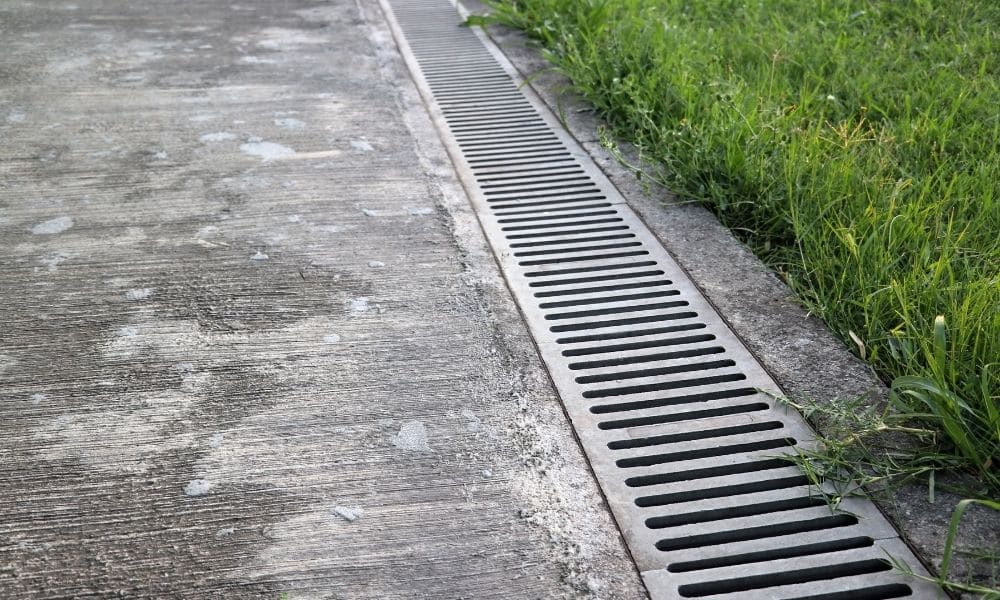
Drainage system design is critical for any home or business property. If you don’t have a properly designed drainage system, water can accumulate and cause severe damage.
Let’s examine some essential tips for drainage system design to ensure your solutions are the best for your property.
What Is a Drainage System, and Why Do You Need One?
A drainage system is a network of pipes, drains, and other structures used to remove excess water from your property. By installing a drainage system in your home or business, you can prevent water accumulation and the damage typically caused by this.
There are many benefits associated with using a proper drainage system design. At ABT, we highly recommend installing a drainage system on your property because it saves you from future frustration in the long run.
The Importance of Drainage System Design
One of the most critical aspects of drainage system design is ensuring that the system directs the water away from your home or business. If it doesn’t direct the water away from the property, it can cause irreversible damage. This is why it’s essential to ensure you implement the design correctly.
Another aspect of proper drainage system design is ensuring that all drains are at an appropriate height to prevent a flood hazard or other surface issues.
Additionally, drainage system design is essential for the proper function of your septic tank. An improperly arranged drainage system can cause the tank to become overwhelmed and back up, leading to severe problems, including contamination of your property’s water supply.
How To Design Drainage for Your Home/Business
The first step to designing your drainage system is determining the area that you need to drain. You’ll need to map out your property and identify all areas where water accumulates most.
Once you’ve identified drainage areas, you can start designing the system. There are three main components of a drainage system:
- Catchment area
- Drainage field
- Outlet
Catchment Area
The catchment area is on a slope or near any part with standing water, such as a pond or creek. It’s crucial to ensure that this area is large enough to allow the water to flow freely and avoid getting blocked by any structures.
Drainage Field
The drainage field is where you direct excess water away from your property. You’ll want to ensure that this area is far enough away from any structures to avoid damage or flooding when the system doesn’t work.
Outlet
The outlet is where the system discharges the water from your property, either through a storm drain or an underground pipe.
It’s essential to consider what type of drainage system you’ll need for your specific needs before starting the design.
Essential Tips for Drainage System Design
- Design your drainage system to direct water away from your home/business.
- Make sure all drains are at the proper height.
- Design the system to function with a septic tank properly.
- Consider the size/shape of your property.
- Comply with all local codes when installing the system.
When designing your drainage system for your home or business, be sure to follow the above essential tips for drainage system design. Additionally, you should contact a professional engineer/contractor to address specific drainage channel solutions. Speaking with a contractor can also help you create a plan that meets your property’s needs and complies with local codes.